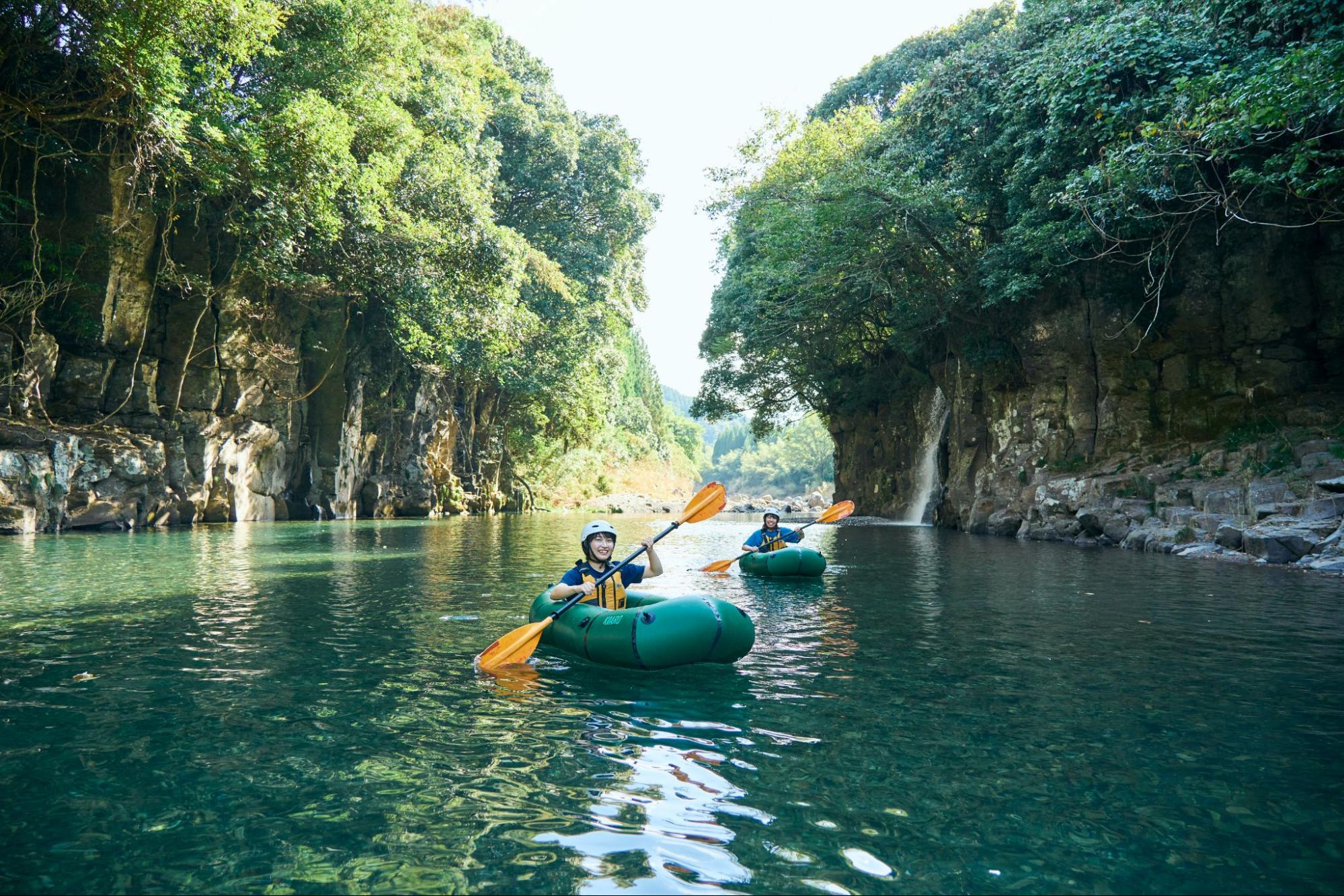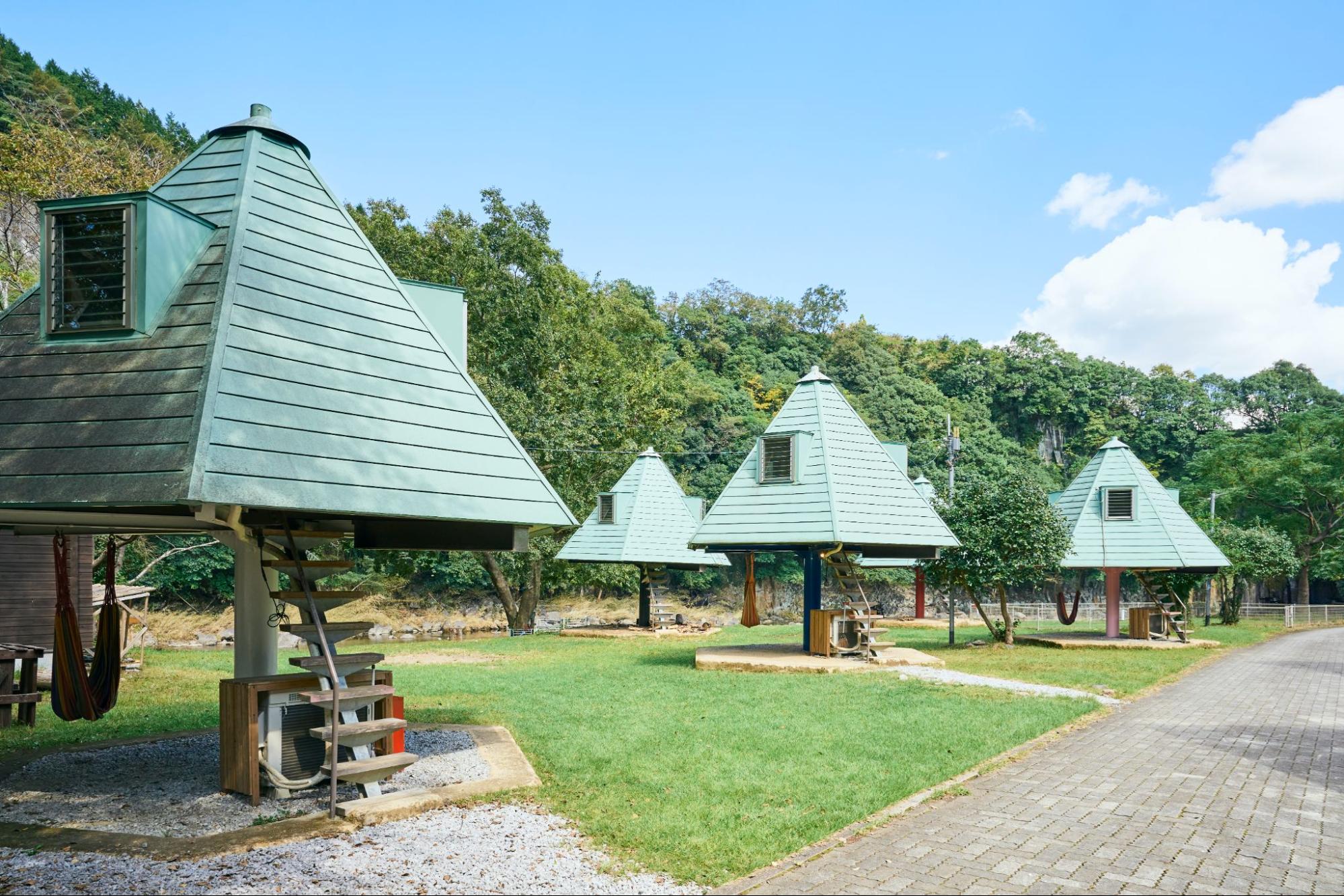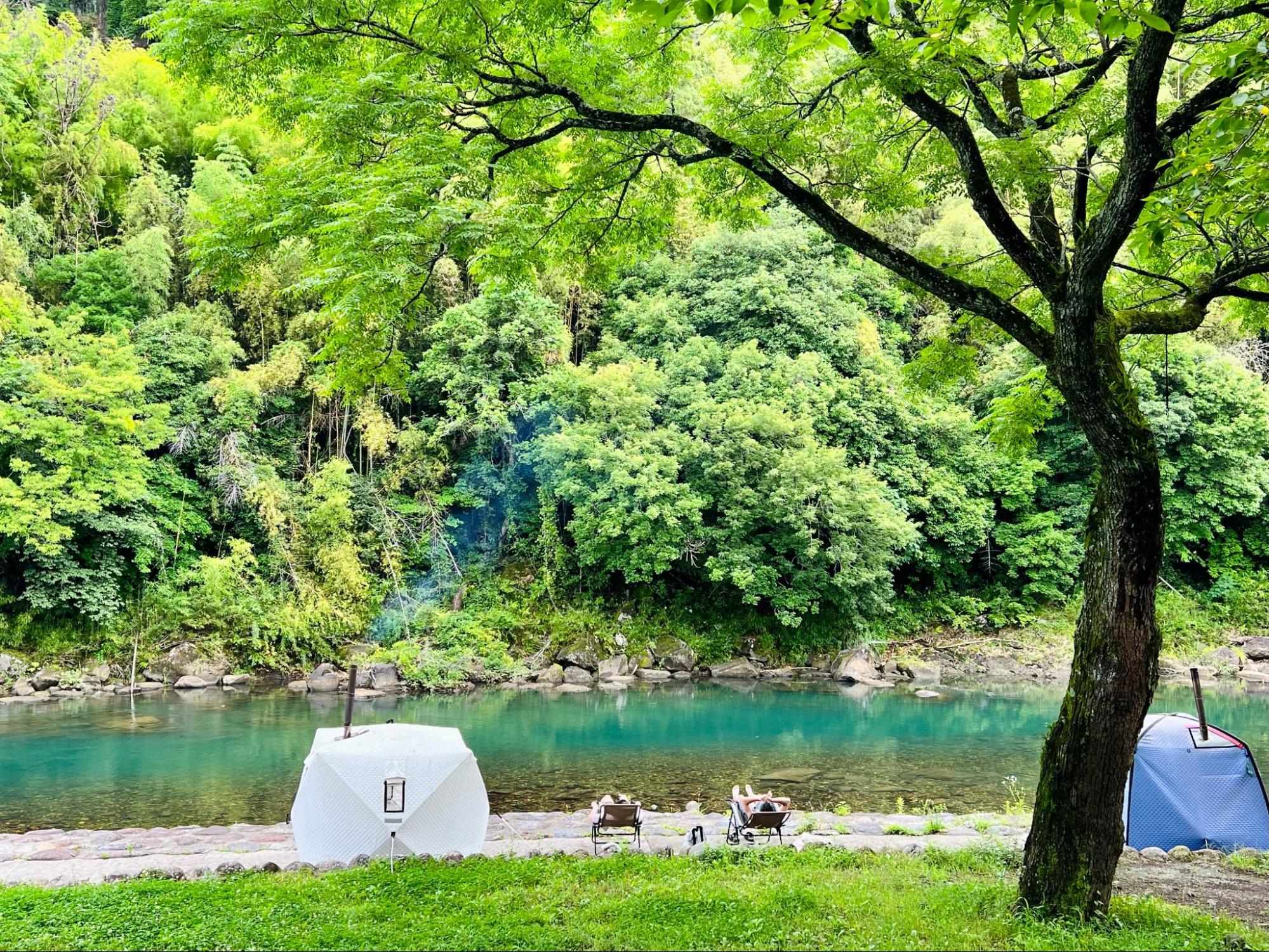Oita is perhaps best known for its hot springs, as you might expect from the prefecture with the highest number of sources in all of Japan. But there is more to Oita than mineral-rich baths: An impressive 28% of its land has been designated as natural parks (as of April 2014), and in these areas, a wide variety of plants and animals thrive.
With Kyushu rising in popularity as a travel destination, you’d be wise to make your way to the island before the crowds arrive. Oita, located in Kyushu’s northeast, is an excellent choice for a trip. We especially recommend the prefecture if you’re a fan of the outdoors and wish to get acquainted with Japan’s natural landscapes.
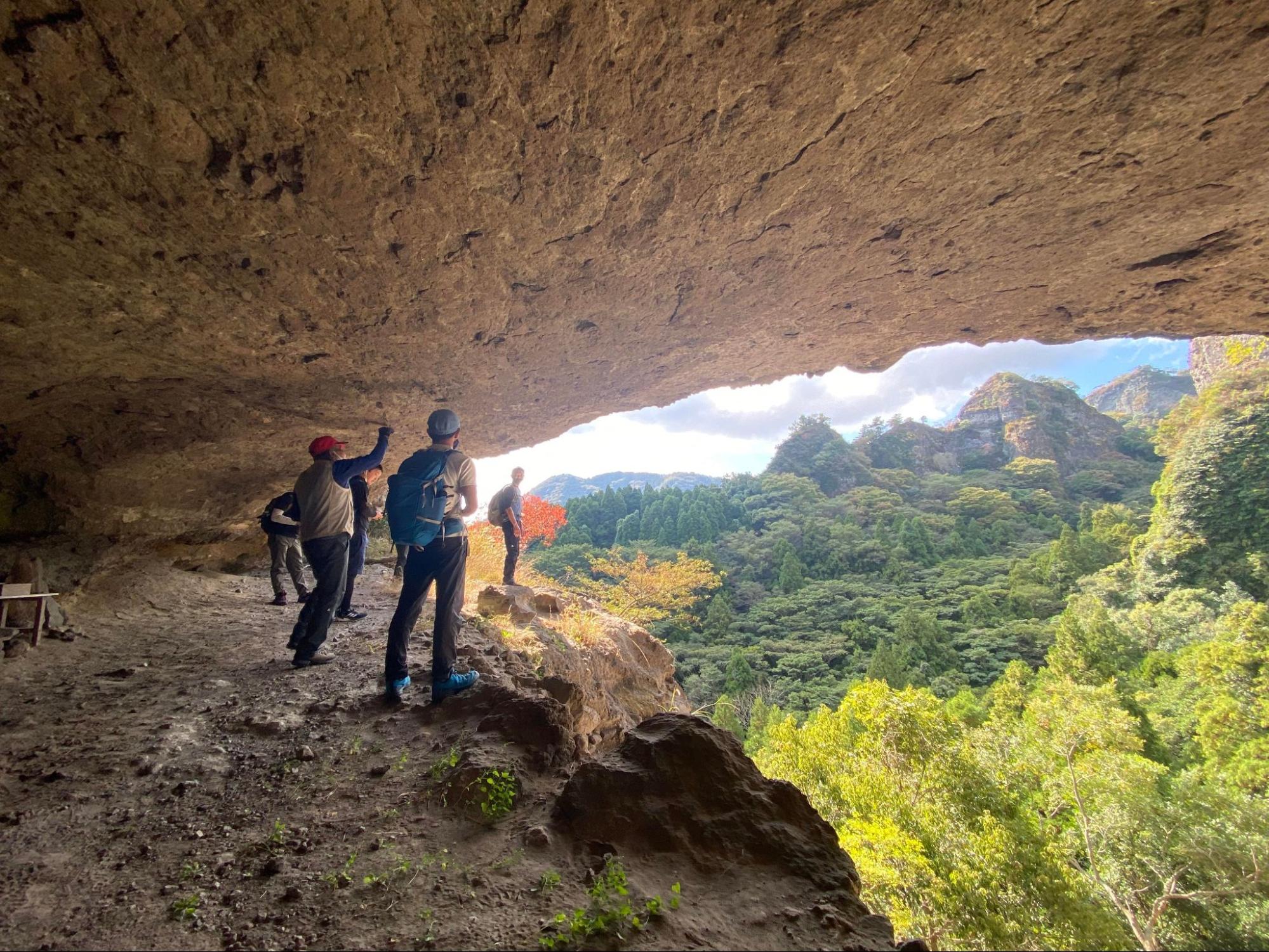
Wander About the Toyonokuni Millennium Heritage Tourism Zone
The northern parts of Oita have a long and rich history as the center of Shinbutsu Shugo culture, which blends elements of Buddhism and Shinto. The area is home to the Kunisaki Peninsula, known for its paddy fields — a breathtaking view if you happen to visit when the fields are filled with water — and its mountains. Its volcanic bedrock is to thank for the numerous hot springs and fertile soil, but it’s really the area’s sawtooth oak forests and rivers that earned the peninsula the title of Globally Important Agricultural Heritage System (GIAHS). Most travelers, however, make the trip for the trails.
Among the popular activities to enjoy while in the Toyonokuni Millennium Heritage Tourism Zone, which includes the Kunisaki Peninsula, walking the Minemichi Long Trail ranks number one in the hearts of avid hikers. This trail is famous for its relatively beginner-friendly level as well as the savvy guides that lead the way. Though guided walks are available year-round, it’s recommended to register for one in the spring and fall. Walking along what was an ancient pilgrimage route will bring you to second-to-none vantage points for admiring the forests and valleys below and the mountain ranges in the distance.
If that isn’t enough, the official website of the Toyonokuni Millenium Heritage Tourism Zone provides a guide introducing the various ways the area flourishes as a result of the synergy that exists between nature, producer and resident. You’ll find a myriad of unique ideas for your trip derived from this important relationship.
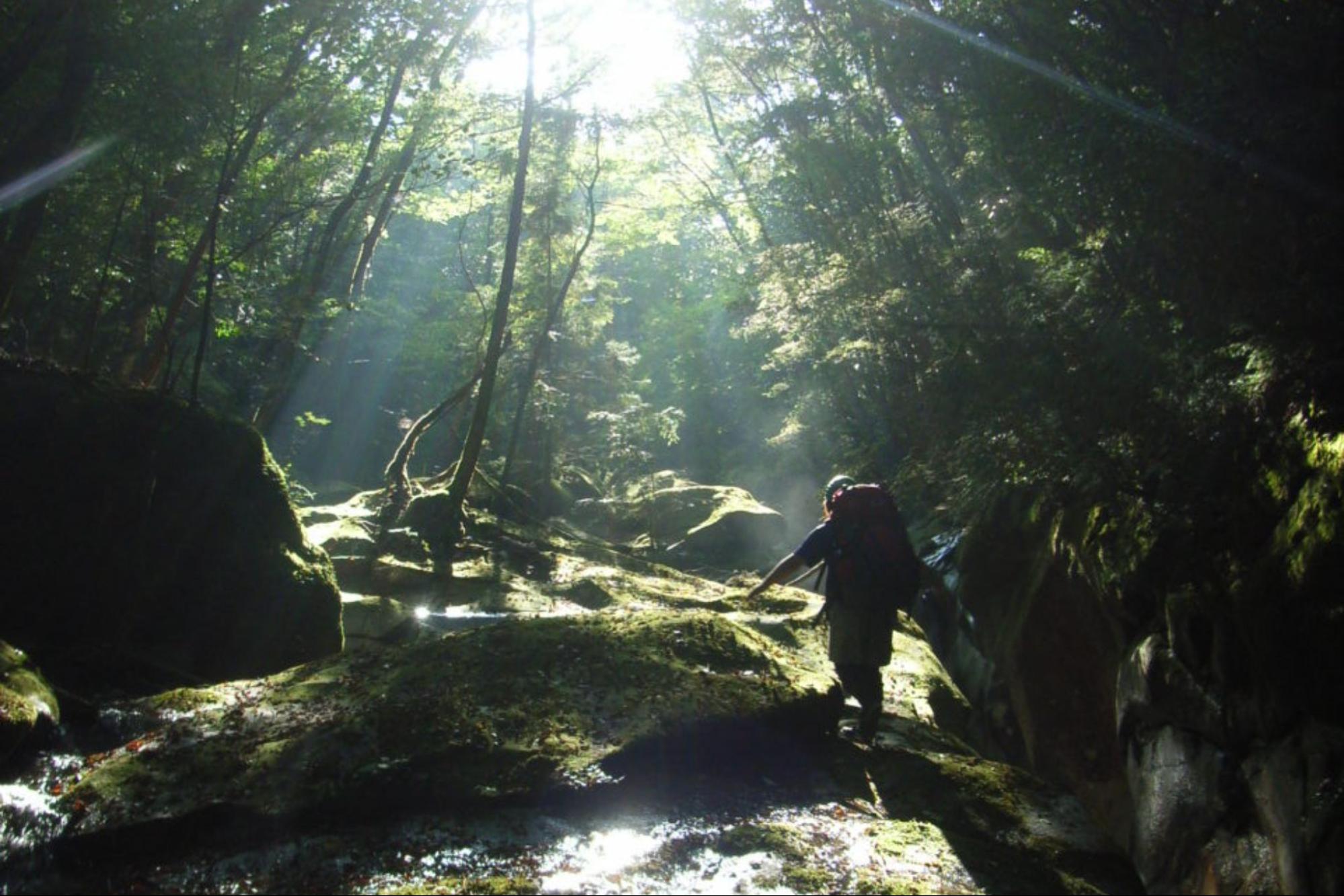
Learn From Expert Hikers and Reach New Heights in Rural Oita
Experienced hikers who have their eyes on only the most challenging of treks should join Masafumi Todaka in his quest for adrenaline. The mountaineer has conquered some of the planet’s tallest peaks, including K2 in 1996, and reached the 8,500-meter mark of Mount Qomolangma, also known as Mount Everest or Mount Sagar-Matha, in 1998.
The Oita native has always felt close to nature and hopes to pass on his knowledge, skills and love of the world. Todoka offers his services as a private guide, teacher and public speaker via FOS, a trekking and outdoor adventure organization that can teach you how to navigate the wilderness.
Those who are still exploring their limits and understanding of nature might prefer a softer introduction to Oita. You can still learn from Todaka through a stay at Sora no Hotori, a camping village in Ume that offers nothing less than a night under a blanket of stars. Lodge in a classic tent or cabin, or opt for a day plan if all you’re looking for is to spend a few hours outdoors. Travelers can also sign up for workshops that will take place in the same “tent town.” What’s more, Sora no Hotori is a pet-friendly destination, making it a great option for couples or families with active dogs or cats.
Get Up Close and Personal with Nature at Lodge Kiyokawa
Outdoor enthusiasts seeking something more akin to glamping should look into booking a stay at Lodge Kiyokawa. Take your pick from a tree hut, log house, cabin or shared dorm, all of which have their own perks to suit any type of trip. During your time here, you can sign up for a range of activities designed to help you discover the surrounding nature. Cool down at the nearby river after sweating it out in a steaming outdoor tent sauna or paddle your way downstream to explore miniature waterfalls and cliffs. Spend your time as your heart desires, with as much intensity or idleness as you wish in the city of Bungo Ono, also known as “Sauna City.”
You’ll also find an on-site restaurant with various courses on offer, including a vegetarian course. Every meal features Oita-grown veggies prepared to taste their best. There is, as you might expect, a barbecue option for those keen to partake in some outdoor cooking.
Lodge Kiyokawa is located near other popular tourist destinations that you can visit on your way to or from the camp. Of note is Ondake Shrine on Mount Ondake. Japan’s tallest magaibutsu (stone cliff-carved buddha), measuring 12 meters in height, is also nearby at Fukoji Temple. In fact, Fukoji Temple is home to three magaibutsu said to date from the Kamakura Period (1185–1333). View them from Fukoji Temple or get closer via a short walking path that takes you inside the cave they reside in. For a picturesque landscape of the buddha and temple, visit in mid-June, as hydrangea bushes around the site bloom in various hues of purple and blue.
For more information on Oita and the various activities the prefecture has to offer, visit the Discover Oita website.

